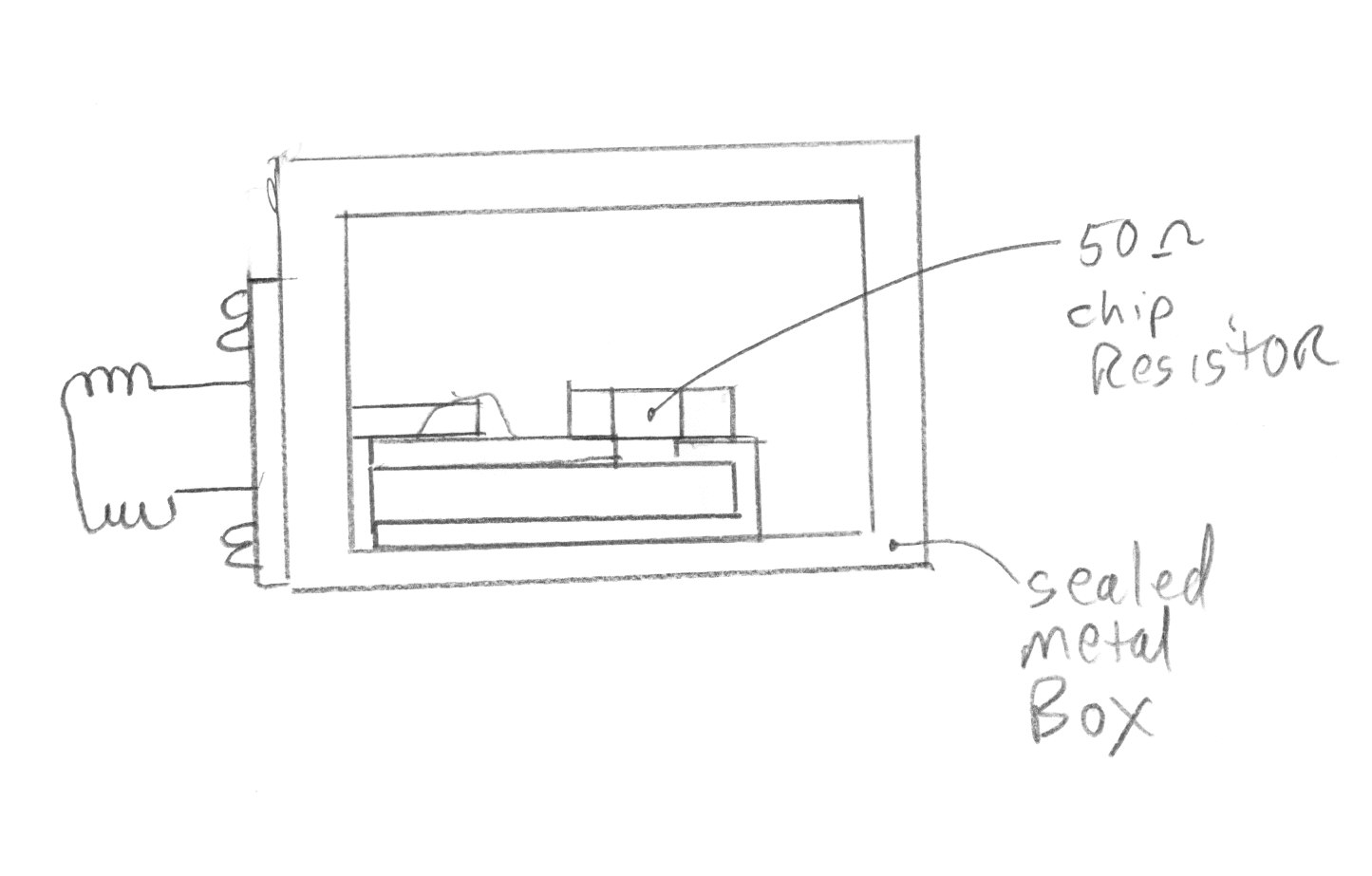Antenna return loss VS efficiency
Please hep me with following basic RF questions:
What is the different between Antenna return loss and antenna efficiency?
What does antenna return loss mean? Doesn't return loss depend on the impedance matching?
Thanks
Transmission efficiency is [ 1- return loss] ( not in dB)
Antenna return loss is the difference between forwarded and reflected power,where antenna efficiency is the measure of electrical losses occurs.
Hi Amir,
To know exactly the difference you have to know that based on the standard IEEE definition of antenna efficiency, it considers ohmic, dielectric and polarization loss, but not the return loss.
Eff_ieee = Eff_ohm . Eff_d . Eff_p
But in fact, to have the total efficiency you need to include the return loss:
Eff_tot = Eff_ohm . Eff_d . Eff_p . (1-RL)
in which:
But what is the return loss?
Antenna Return loss is the amount of the power reflected from the input of an antenna when excited by 1 Watt. Thus, 1- RL, which is the relative transmitted power in to the antenna shows the quality of the matching.
Regards
Hadi
Hi Hadi,
The antenna datasheet specifies three paramaters: Impedance =50 Ohm,VSWR= 2.3:1 and return loss =-9dB
Does it mean that in perfect impedance matching to 50Ohm the antenna still have reflected power of -9dB? and no matter what it will be impossible to get vswr 1:1?
This are two different ways to describe the same thing (return loss).
Hi Amir,
yes, Actually the standard connections to antenna are normally either 50 or 75 ohm. Therefore this means that if you connect a 50 ohm line to the antenna you will have -9 dB return loss (equal to 2.3 vswr) at worse case (worse frequency).
Cheers
Hadi
return loss is highly over-rated for antennas! Here is an "antenna" that would have an excellent return loss, but I guarantee it will have poor efficiency:

An I have tested some wideband low frequency antennas that in fact had almost a 0 db return loss, but worked well as antennas (when driven by a current source)!
The main idea is clear now, thanks you all.
Few more questions please,
Are efficiency and return loss relevant for receiving as well?
In case of omnidirectional antenna ,what is the technic to measure antenna efficiency?
Because that omnidirectional antenna transmits to all directions very small amount of the energy will be received by receiver,but in case the the receiver having omnidirectional antenna as well how can I figure which part or angle of the the whole spherical radiation is actually received in order to know the power input to rx antenna?
Rx losses or poor efficiency cost same as for TX. Look at picture from biff44, it can as well be a RX antenna.
Antenna efficiency have nothing to do with if it is directive or omnidirectional. Compare with a electric lamp, it emits same amount of light independent if it have a reflector or not.
Measuring antenna efficiency can be done in several ways but most common is it done in an anechoic chamber, were the antenna is rotated around in all angels while receiving signal as a plane wave from a fixed direction. Average sum is compared to the sum for a known reference antenna and corrected so 100% efficiency corresponds to efficiency for a isotropic antenna. For same measurement data can also radiation pattern be calculated as directive gain compared to a isotropic antenna (dBi).
We are not trying to be flippant with our answers, it is just that Return loss sometimes means very little.
If you have a pretty efficient antenna (i.e. one that is not electrically short, has low loss materials, etc), then return loss does mean more. If you have a poor antenna impedance match AND you have any length of line between the antenna and the receiver or transmitter, then you can have standing waves build up. As you then tune the frequency, you can have frequencies where the antenna works well, and at other frequencies the antenna will appear to work poorly.
For these relatively efficient antennas, like a quarterwave whip over a reasonably sized ground plane, it is really easy to tune its center frequency by simply snipping off small chunks of the whip's length while you watch the return loss on a network analyzer (always throw a few ferrite bead clamps on the line leading up to the antenna, to keep the coax line from becoming part of the tuning structure).
